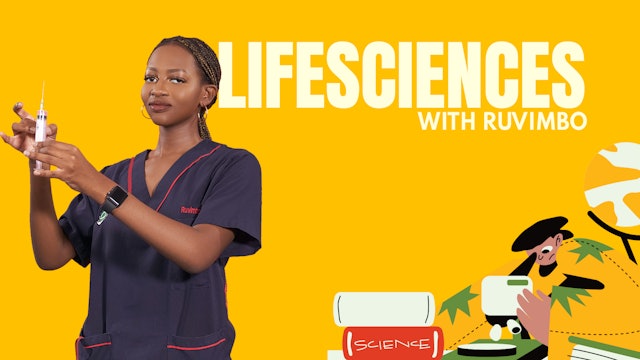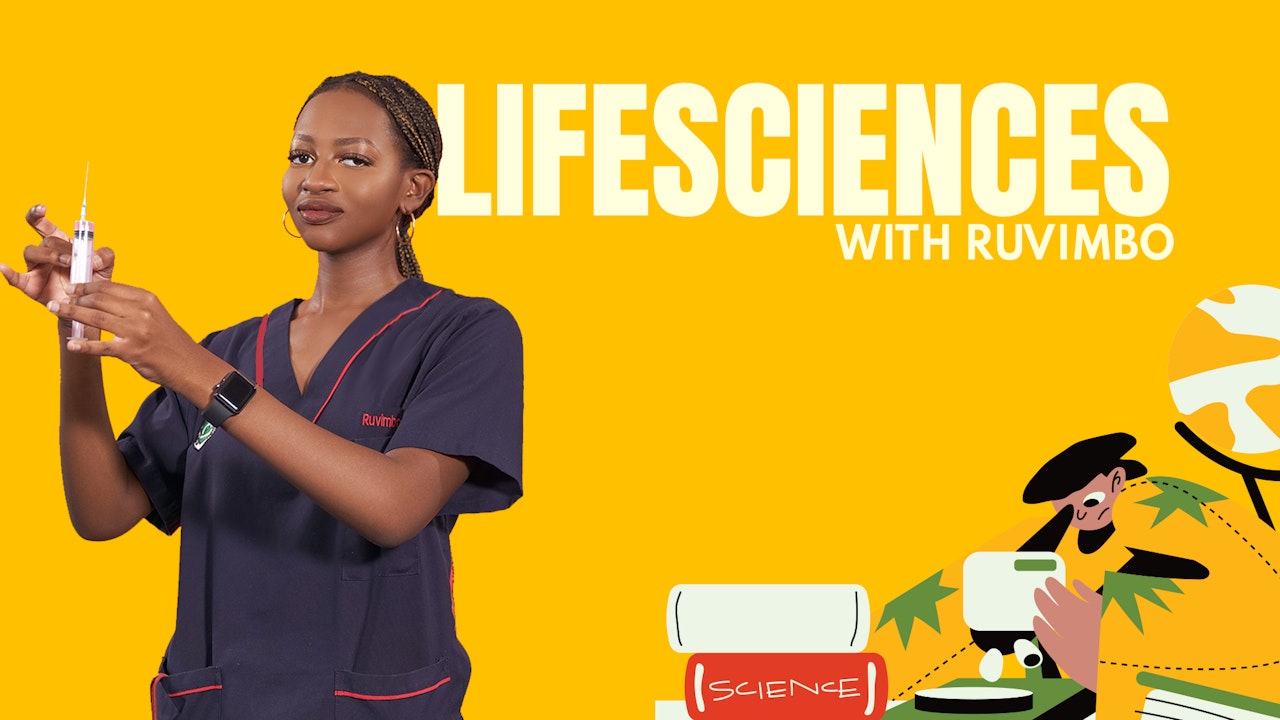Grade 11 Life Sciences
4 Seasons
Grade 11 Life Sciences covers a range of biological concepts and processes such as the life processes in plants and animals, diversity, change and continuity and environmental studies.
-
 14:15Episode 1
14:15Episode 1The classification of mirco organisms
Episode 1
We look at the classification of different micro-organisms including bacteria, viruses, Protista, and fungi. We look at the structure and the characteristics of each of the groups.
-
The role of micro organisms in the environment
Episode 2
We take a look at the different roles that microorganisms play in the environment and we look at the importance of each of the roles.
-
 21:19Episode 3
21:19Episode 3Diseases caused by mirco organisms
Episode 3
We take a closer look at the different diseases that are caused by micro-organisms including HIV, TB, Thrush, and Malaria
-
 19:11Episode 4
19:11Episode 4Immunity and biotechnology
Episode 4
We look at the human immune system and the different cells involved in the immune response in humans. We also discuss the different types of immunity that occurs and the importance of vaccines in immunity.
-
 12:34Episode 5
12:34Episode 5Biodiversity of plants
Episode 5
We discuss the characteristics of the main plant divisions and we look at examples of each of the different divisions of plants including bryophytes, pteridophytes, gymnosperms, and angiosperms.
-
Plant reproduction: Dependence on water and sexual and asexual reproduction
Episode 6
We take a closer look at the dependence of certain plant divisions on water in order for reproduction to take place and we also discuss the differences between sexual and asexual reproduction in plants. We discuss the alternation of generation in the life cycle of plants.
-
Flowers as reproductive structures, pollination and the significance of seeds
Episode 7
We discuss flowers are reproductive structures and we look at the different parts of the flower and the role that they play in reproduction. We also discuss pollination and the different types of pollination and the means of pollination that takes place. Lastly, we look at the importance of see...
-
Introduction to animal diversity and body plans of animals
Episode 8
We look at the different features of the body plans of animals including symmetry, cephalization, number of tissue layers, the number of gut openings, and the presence of body cavities and how these are used to classify the different animal species.
-
Animal phyla: Porifera, Cnidaria, Platyhelminthes and Annelida
Episode 9
We take a look at some of the animal phyla and examples of animals that occur in each of the phyla. We also look at the different features that distinguish each of the phyla from the others.
-
Animal diversity: Phylum Arthropoda and Chordata
Episode 10
We take a look at the phyla Arthropoda and Chordata and the different body features of each of these phyla as well as the characteristics that define each of the phyla.








